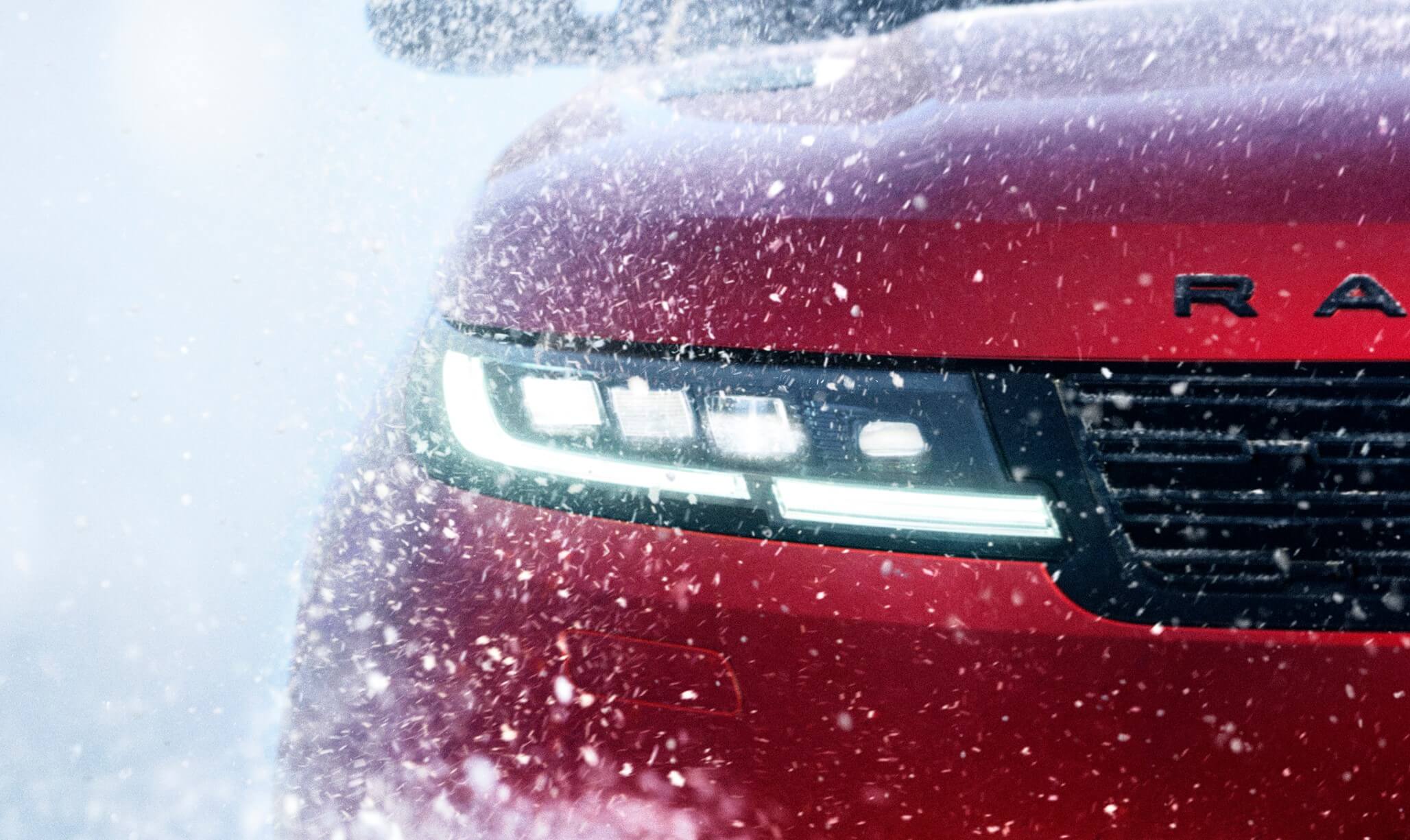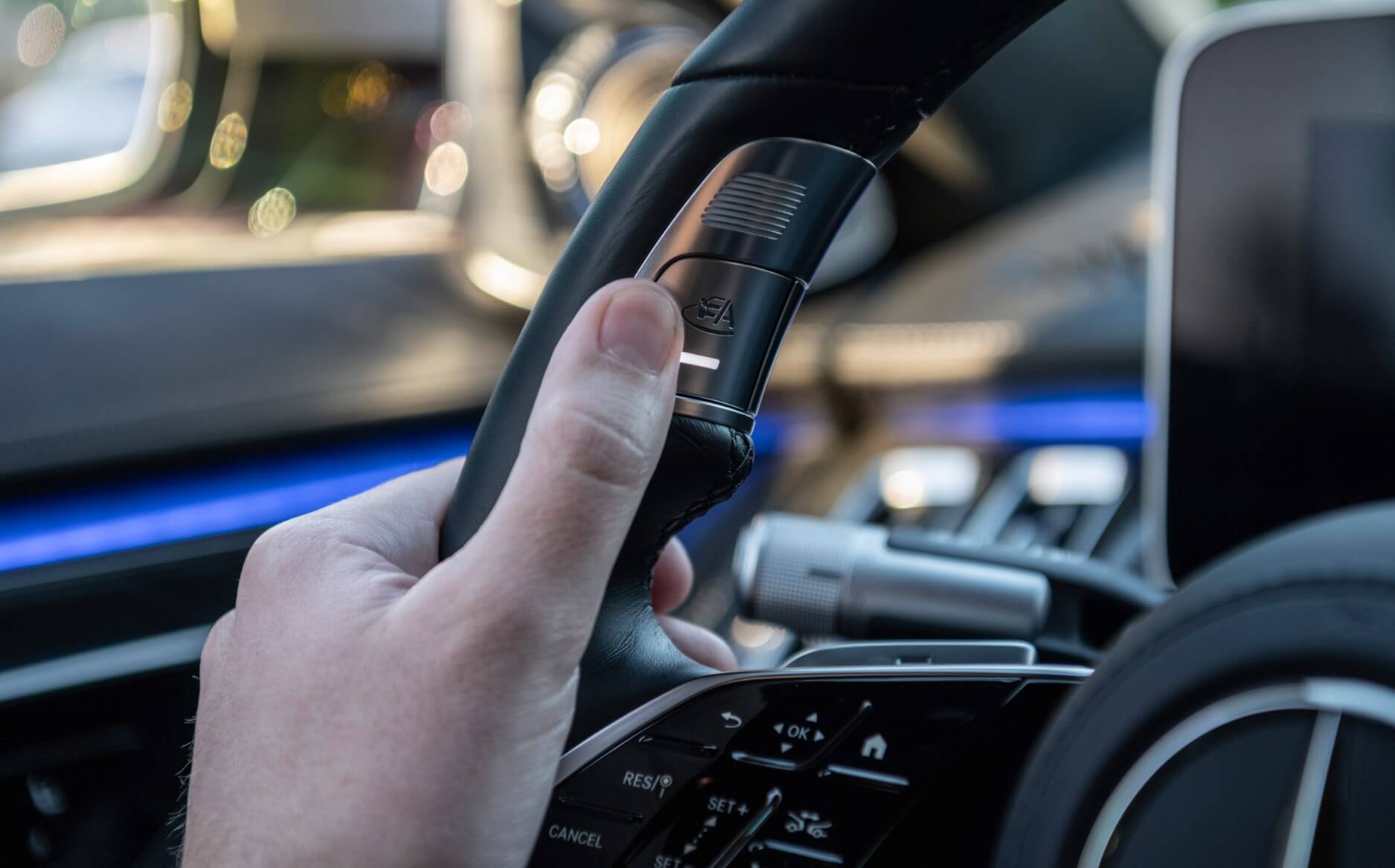JLR opens three new European R&D centres in Bologna, Madrid and Munich with partner Nvidia.
Jaguar Land Rover has expanded its efforts to develop autonomous driving technologies for future models, opening new research centres in Bologna (Italy), Madrid (Spain) and Munich (Germany).
The three new hubs will work on advanced driver assistance systems and artificial intelligence (AI) for “self-driving cars of the future”, according to the British car maker.
Underpinning these future cars will be a suite of hardware and software from American computing giant Nvidia, with which JLR signed a deal a year ago.
The two companies will work together on software development, materialising an important part of former JLR CEO Thierry Bolloré’s Reimagine strategy for the firm.
Nvidia’s Drive software architecture will form the basis of the “next-generation automated driving systems” and “AI-enabled services” integrated into all new Jaguar and Land Rover cars.
Specific details of the system’s functionality remain under wraps, but JLR last year suggested active safety, parking systems, occupant monitoring, advanced visualisation and uprated safety aids will be among the headline features.
A crucial component for JLR’s business model will be the opening up of new revenue streams courtesy of the heightened connectivity capacity of its cars.
JLR is ultimately aiming for Nvidia-equipped cars to be capable of level-three autonomous driving, which means they will have environmental detection capabilities and all be able to make decisions without human input – but the human drivers must remain alert and able to take control.
Premium rival Mercedes-Benz is currently a leader in this field, having already received approval for its level-three Drive Pilot system in Germany and the US state of Nevada.
Meanwhile, Volvo has equipped its upcoming EX90 – a rival to the Range Rover EV slated for a 2024 launch – with the hardware to support autonomous driving technology, in anticipation of software and legislation becoming ready during the model’s life cycle.
Software engineers from JLR and Nvidia were said to have been working together “side by side” on the project for months before its announcement in February 2022.
“Co-development is so very important and so key in this partnership,” said JLR strategy director François Dossa last year. “Collaborating and sharing knowledge with industry leaders in connected services, data and software development is a cornerstone of our Reimagine strategy. Together with Nvidia, we can now accelerate our in-vehicle software, uniquely delivering modern luxury experiences.”
The cars will still use JLR’s own operating system – currently known as Pivi Pro but likely to be upgraded prior to 2025 – with Nvidia’s Drive Hyperion computing and sensing stack integrated.
The software can be tailored from car to car across JLR’s portfolio to suit their different positioning.
Danny Shapiro, vice-president of Nvidia’s automotive division, said unique characteristics for each vehicle could extend to “how the cars drive on the road, or maybe related to other things such as how they are parked or how you can access them”.
He added: “This is part of the fun journey of creating new software for these cars. If you think about it, when the [Apple] iPhone came out, it had a bunch of apps and it was great, but now you look at how many apps exist and it’s crazy. We’re going to see the same type of thing happen with cars, where the interaction with the vehicle, whether you’re in it or not, will be really delightful.”
No financial terms of the deal have been disclosed, nor has a precise timeframe been given for the duration of the partnership.
As part of the development process, JLR and Nvidia’s engineers will work to build a pool of data for the purposes of ‘training’ the autonomous driving platform, which will then be used to create real-time, physically accurate simulations on Nvidia’s virtual Omniverse platform.
Asked if JLR had concerns about Nvidia’s existing partnerships with other car makers, including Audi, Mercedes and Volvo, Dossa said: “The important thing is that all OEMs have their electrical architecture and they’re all different. In our case, we call it EVA. This is a very sophisticated architecture, and we’re going to work with Nvidia to integrate its technology within our architecture. Of course, other OEMs don’t have the same architecture, so it will be different. For us, it’s a non-issue not to have the exclusivity.”
He emphasised that JLR isn’t buying Nvidia’s software but rather working with the firm as a technical partner.
Bolloré said prior to his exit from JLR: “Collaboration and knowledge sharing with industry leader Nvidia is essential to realising our Reimagine strategy, setting new benchmarks in quality, technology and sustainability.
“Jaguar Land Rover will become the creator of the world’s most desirable luxury vehicles and services for the most discerning customers. Our long-term partnership with Nvidia will unlock a world of potential for our future vehicles as the business continues its transformation into a truly global, digital powerhouse.”
Additional reporting by Charlie Martin






